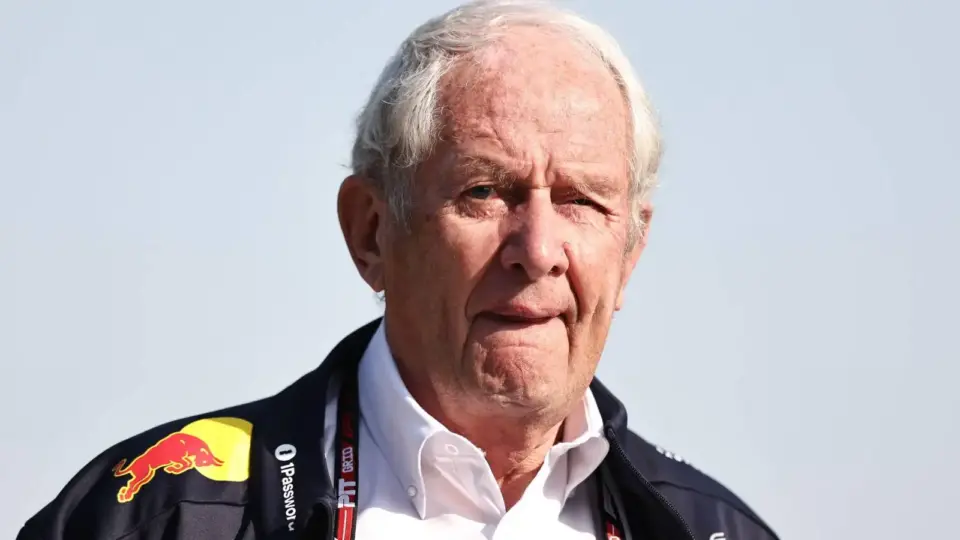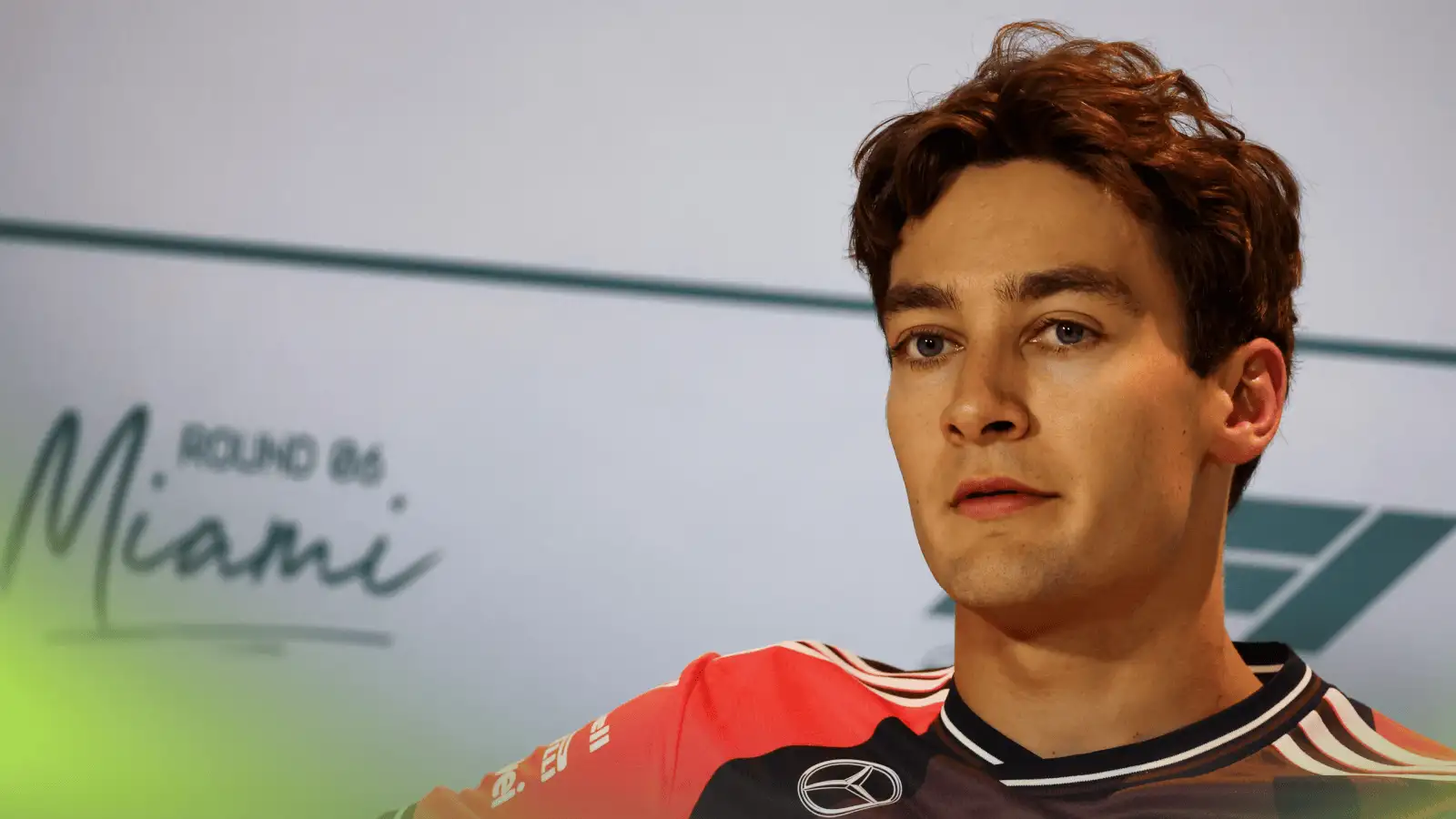Max Verstappen’s pole position win at the 2025 Saudi Arabian Grand Prix was a masterclass in strategic thinking and quick decision-making.
- After Lando Norris’s crash, a red flag halted the qualifying session, leaving just eight minutes for a crucial decision by the Red Bull team.
- Gianpiero Lambiase, Verstappen’s race engineer, proposed a daring two-lap fueling strategy to maximize the limited time left.
- While other teams hesitated, Verstappen embraced the plan and clinched pole by improving his lap time significantly.
- McLaren and Mercedes chose different paths, highlighting the varied approaches to the high-pressure situation.
When the 2025 Saudi Arabian Grand Prix’s qualifying was disrupted by Lando Norris crashing his MCL39 at Jeddah Corniche circuit, the session paused under a red flag. With the clock ticking and only eight minutes remaining, Red Bull’s quick response became crucial. Verstappen, poised on fresh soft tires, received an unexpected game plan from his race engineer Gianpiero Lambiase, also known as ‘GP’. GP’s suggestion? To fuel the car for two intense laps, using the same tire set initially.
Verstappen executed this daring strategy flawlessly. His first run secured a provisional pole with a razor-thin margin of 0.001 seconds, impressive given the heavier fuel load. Recognizing room for improvement, particularly in bringing his tires up to temperature for better grip at Turn 1, Verstappen nailed his second lap. After a quick tire change, he shaved an additional 0.010 seconds, tightening his grip on pole position.
This strategy was not without risks. However, Red Bull’s adaptability on the Jeddah track, known for its rapid and flowing nature, played to their advantage. The team’s previous trials with various set-ups allowed them to find that competitive edge essential for Verstappen to push the limits confidently on the second lap. Verstappen emphasized their continuous learning curve, stating they were ‘fine-tuning all the way through.’
Meanwhile, McLaren and Mercedes took different approaches. Oscar Piastri of McLaren, having secured a competitive lap time before the red flag, debated but ultimately opted against the two-lap strategy, considering time constraints and potential gains. As Piastri noted, ‘It was going to be extremely tight,’ weighing the benefits of another lap. Mercedes driver George Russell admitted that while they recognized Verstappen’s plan as effective, it wasn’t something they considered strongly, as having a time on the board relieved much pressure.
The contrasting strategies reflect the high-stakes decisions teams face during qualifying under such tight conditions. Red Bull’s decision-making stood out, highlighting the importance of quick thinking and execution in securing that all-important pole position.
In the end, Red Bull’s strategic brilliance and Verstappen’s skilled execution proved unbeatable in the quest for pole position.










